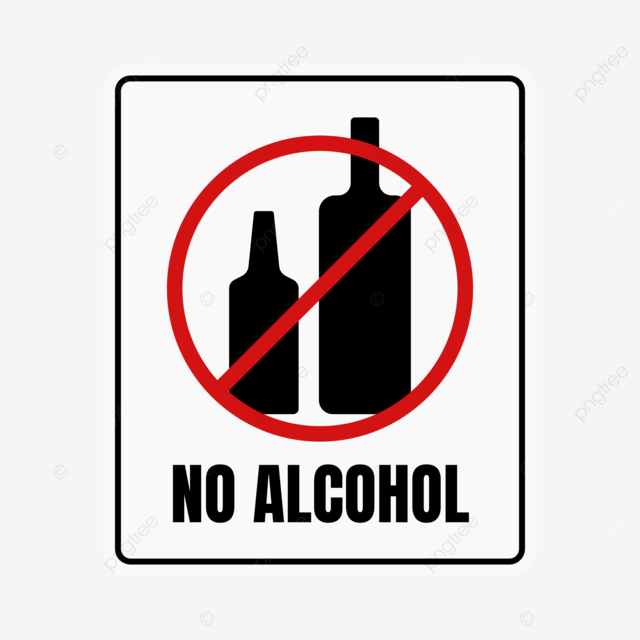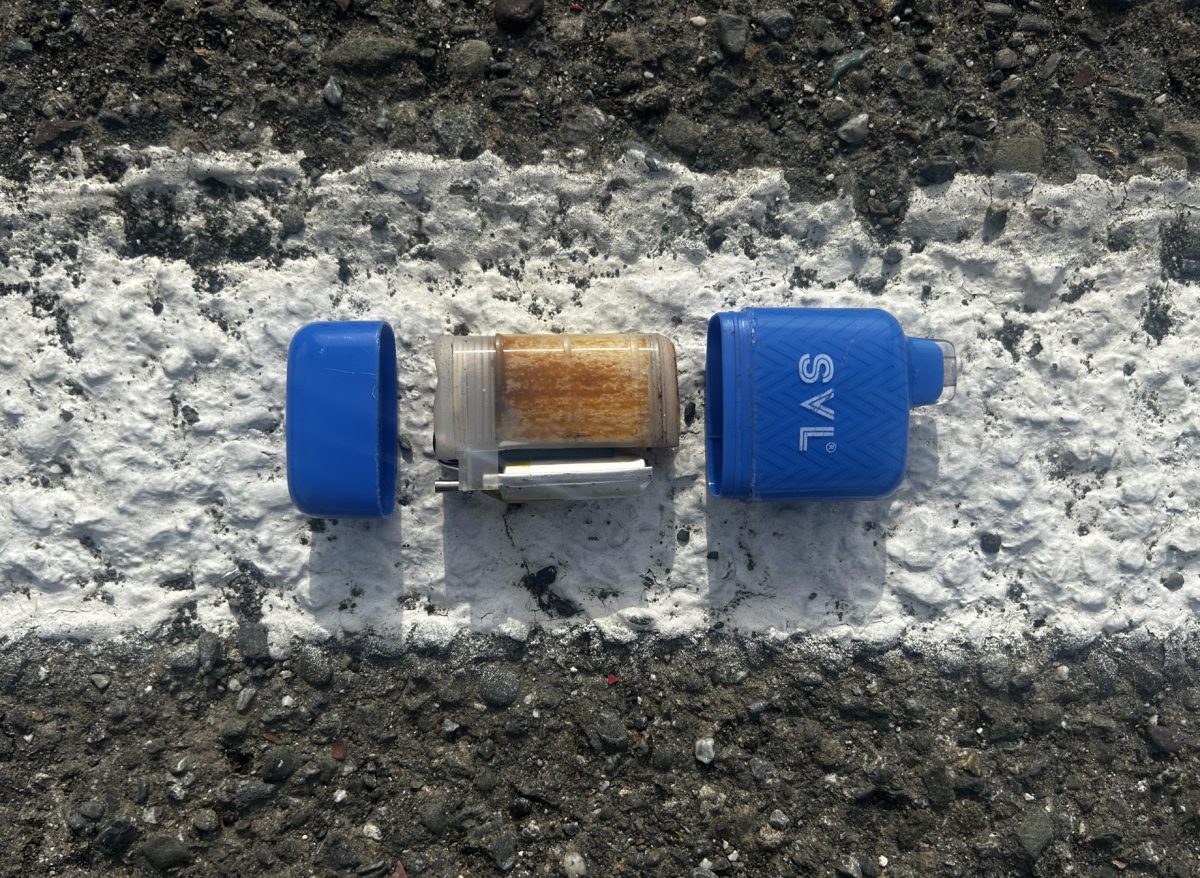Every year 844 million vapes are thrown away. Since 2006, electronic cigarettes (e-cigarettes or vapes) have been on the market and rapidly rising in popularity. Originally advertised as a healthier alternative to cigarettes, tobacco industries quickly pushed the rhetoric that vaping was a safe way to quit smoking cigarettes. Despite their original intention of use, vape companies quickly shifted to selling sweet flavors aimed directly at children and teens.
Although research has shown the harmful effects of vaping, their sweet flavors have hooked an entire generation. The craze started with refillable Juul pods in 2015, but in 2022 they were banned by the FDA to try and reverse the growing nicotine addiction among young people. Quickly tobacco companies found a loophole, the ban does not apply to disposable vapes. This quickly led to a growing disposable vape market. These vapes are unable to be refilled and are intended to be disposed of after use. This is where the issues come in. There is no easy way of disposal due to the vapes containing plastic, electronic, and hazardous waste.
This triple threat of waste has led to serious environmental problems. The average disposable vape consists of three main components: a battery, a heating coil, and a pod containing nicotine. Along with the internal workings of the vape, many come with a plastic shell that is unable to be recycled due to potential nicotine contamination. But, the two biggest issues are the lithium batteries and the nicotine pods, both being classified as varied levels of hazardous waste. These pods are extremely toxic to wildlife and can easily pollute waterways, and groundwater reservoirs, making environments toxic to fish, and microorganisms living in them.
The Environmental Protection Agency (EPA) classifies nicotine as an “acute hazardous waste.” This level of toxicity is classified by the Department of Toxic Substances Control (DTSC), as “…wastes that would cause death, disabling personal injury, or serious illness.”
The American Lung Association states that “50-60 milligrams [of nicotine] is a deadly dose for an adult.”
The average vape has somewhere between 20 and 40 milligrams of nicotine, roughly equivalent to 1.5 packs of cigarettes which is more than enough to be deadly to an ecosystem.
According to the Truth Initiative, an anti-smoking nonprofit organization, “Almost half (49.1%) of young people don’t know what to do with used e-cigarette pods and disposable devices.”
Since they are a relatively new technology, most places haven’t developed a centralized disposal solution, leaving most uninformed.
“I just throw mine in the trash,” one teen vaper said.
Maje Hoyos, the Humboldt County Supervising Environmental Specialist, explained that’s a horrible way to dispose of them.
“If the battery is compromised, it can catch fire in the trash,” Hoyos said.
Since most waste facilities compact their trash, the added pressure increases the risk of disposed vapes catching fire or exploding. Not only does this pose a hazard to waste management workers, but it also further pollutes our atmosphere.
Improper disposal of e-cigarettes can also be a big hazard to marine life.
“If the battery is intact and doesn’t have any problems when it gets to the landfill, it will leach the heavy metals into the water, which can be poisonous to aquatic life,” Hoyos said.
The National Institute of Environmental Health states that e-cigarettes contain a multitude of heavy metals such as “arsenic, chromium, nickel and lead.” These heavy metals are toxic to wildlife, and the plastic that houses them is also contributing to a big litter problem.
“Vapes are increasingly being found by beach cleanup volunteers and they’re littering streets, parks, and waterways too,” according to the U.S. PIRG, a consumer interest non-profit organization.
So how are people supposed to dispose of their disposable vapes? Unfortunately, as a whole, the United States does not have a standardized system in place to get rid of these devices. Due to their complex, hazardous build, the best way to dispose of them as an individual is to take them to your local hazardous waste collection site.
Once taken to a hazardous waste site, many places lack the resources to dispose of them and are forced to turn to Veolia, an international waste management firm. They have started a domestic initiative to prevent vapes from polluting local waterways and ecosystems.
Many locations across the country ship off their collected disposable vapes in 55-gallon steel drums, each holding about 5,500 disposable vapes, to industrial incinerators for hazardous waste. These incineration sites slowly burn hundreds of pounds of vapes to ash. Unfortunately as environmentally unfriendly as this sounds, at the time this is the only solution to keeping these toxin-filled devices out of our ecosystems.
Nicotine is a highly addictive substance. If you are struggling do not hesitate to contact 1-800-QUIT-NOW for confidential help with a trained quitting coach.
































